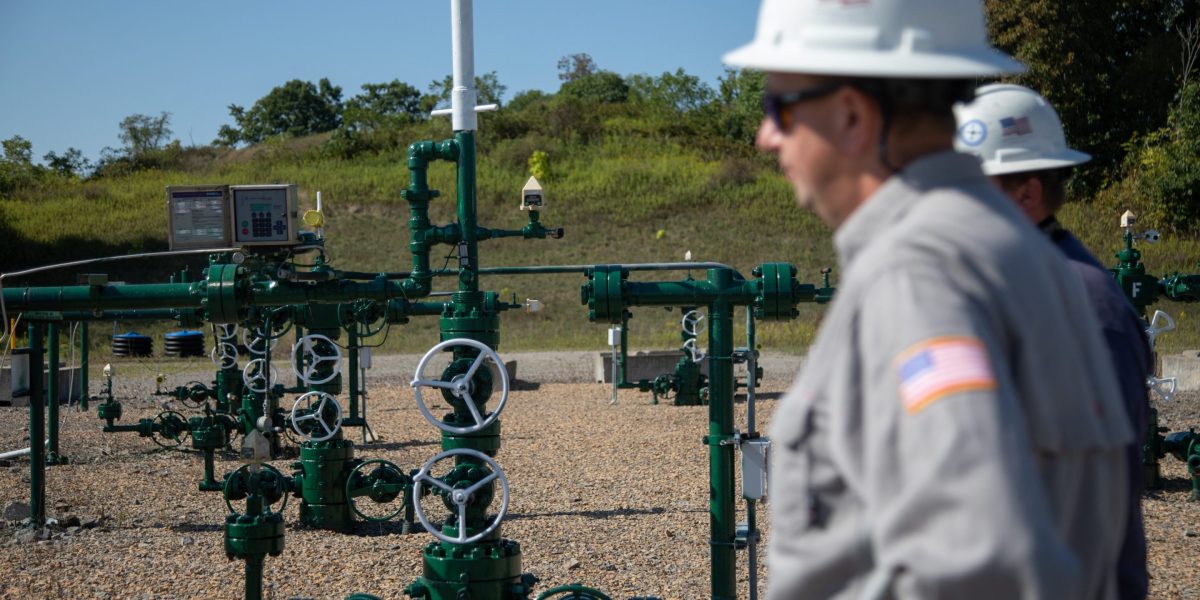The inexorable rise of Artificial Intelligence (AI) is forcing a reassessment of the clean energy transition. Training and running AI models are both energy-intensive processes, adding significantly to the electricity needs of data centers. Despite the widespread use of renewable energy and progress to make processes more energy efficient, demand is expected to grow.
AI’s appetite for energy is colossal. Goldman Sachs estimates that around 47 GW of additional power generation capacity will be needed in the U.S. alone by 2030 to meet the burgeoning demand. They predict that some 60% of this new demand will need to be satisfied by legacy energy sources, most likely natural gas, or 3.3 billion cubic feet of additional incremental demand. This forecasted demand is being driven in large part by data centers, the humming engines driving AI, which require massive quantities of dependable power generation rather than relying on inherently intermittent renewables.
In the U.S., tech companies are planning a constellation of over 2,000 new data centers across the country. These data centres are in some regions reversing the trend towards renewable energy. For example, in Virginia, data center provider Vantage built a 100 MW natural gas power plant entirely off the grid to power its data centers. EQT, one of the largest providers of natural gas in the U.S., is also specifically targeting data centers in Virginia as part of its long-term growth strategy.
The dash for gas is not a U.S.-only phenomenon. Several utility-scale “private wire” agreements have already been struck around the world between natural gas companies and data centers, securing all the power produced by a power plant to a single private client. For example, Microsoft last year gained approval to use its own private wire natural gas-fired power plant to supply electricity for the company’s data centers at its Grange Castle Business Park in Dublin.
Victory Hill does not invest in natural gas in the U.S. However, we invest in a fuel storage terminal for low-sulfur fuel oils that are sold into Mexico. We are also investors in a flexible power natural gas plant in the U.K. that once fully operational will use carbon capture technology to capture over 95% of all its generated emissions.
The likely spike in demand for natural gas is not yet reflected in many models forecasting the energy sector’s transition to a low-carbon future.
The dominant narrative surrounding fossil fuels indicates natural gas functioning as a transition fuel that pushes us toward a future where renewables meet all our energy needs. However, the specific requirements of always-on data centers reveal an important challenge to the notion that natural gas assets will inevitably be stranded.
Current models fail to price in the cost of intermittency and the effect of spikes or falls on the demand for fossil fuels. Some models calculate future lost profits in the upstream oil and gas sector exceeding $1 trillion under plausible changes in expectations about the effects of climate policy.
With the advent of AI, natural gas could become a destination fuel rather than a temporary stopgap.
With an election supercycle this year that will see more than 40% of the world population going to the polls, incoming governments must weigh competing priorities—from squeezed budgets to rising emissions to the race to create ever more powerful AI. It’s a balancing act that will necessitate a change in their approaches to the energy transition to ensure their rulemaking is future-proof.
Similarly, investors rushing to divest from fossil fuels, with the view that this would preserve their clients’ wealth, may want to reassess whether this continues to be true, particularly considering the continued demand for, and critical nature of, natural gas within our economy going forward.
The key to this challenge lies in embracing technological advancements. Carbon Capture and Reuse (CCR) technology is available today and can be scaled. It captures carbon emissions from natural gas plants, preventing them from entering the atmosphere. By reusing the captured carbon for various industrial processes, CCR creates a win-win scenario for both energy security and climate goals.
CCR commercially incentivizes power companies to create the most efficient carbon capture technology with minimal leakage when capturing and reselling carbon. Carbon dioxide is an in-demand industrial gas with a ready global market, used in everything from food production to brake pads. It can also be used to create lower-emission fuels such as methanol to bring down emissions in the transport sector.
We believe that the path to a clean energy future does not lie in a one-size-fits-all solution. It lies in a complex network with multiple players, each with its strengths and weaknesses. Natural gas, coupled with CCR, can be a vital bridge on this journey. It can ensure both energy security and the reliable power needed for AI innovation.
This doesn’t downplay the importance of renewables. Solar and wind remain essential pieces of the clean energy puzzle. The ideal scenario lies in a diversified energy mix, where renewables take the lead whenever possible, with natural gas stepping in to fill the gaps and ensure a stable, reliable grid.
More must-read commentary published by Fortune:
The opinions expressed in Fortune.com commentary pieces are solely the views of their authors and do not necessarily reflect the opinions and beliefs of Fortune.

